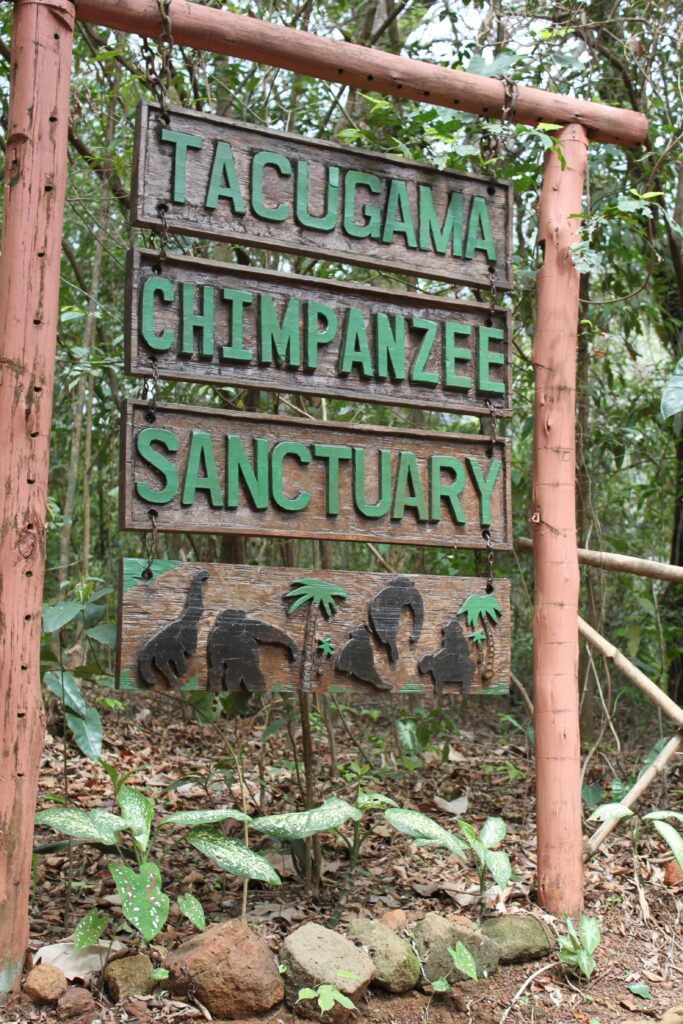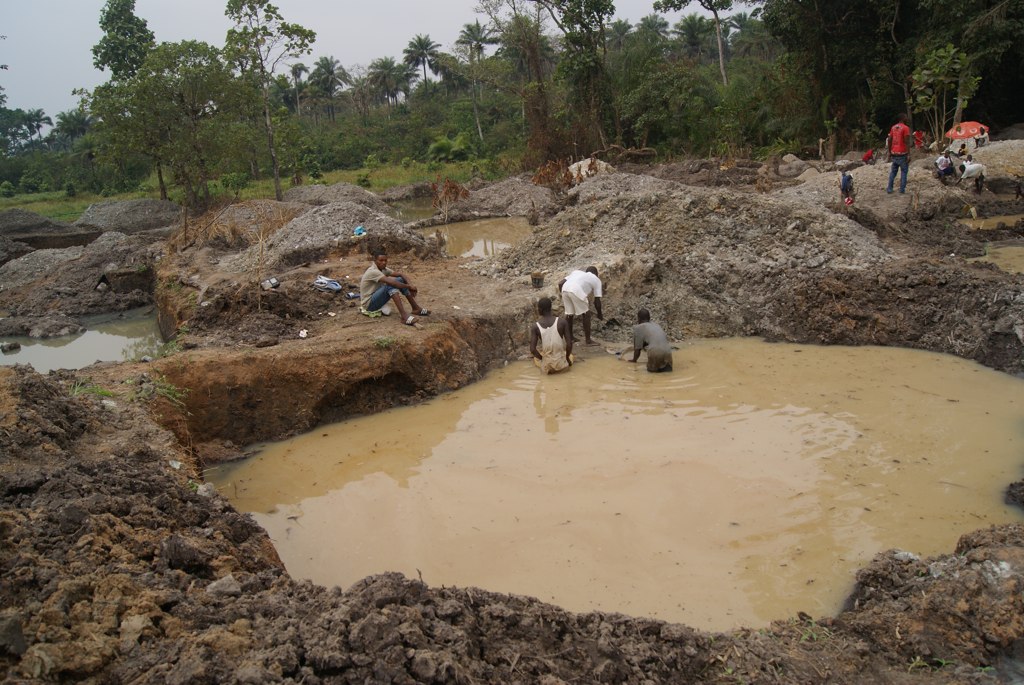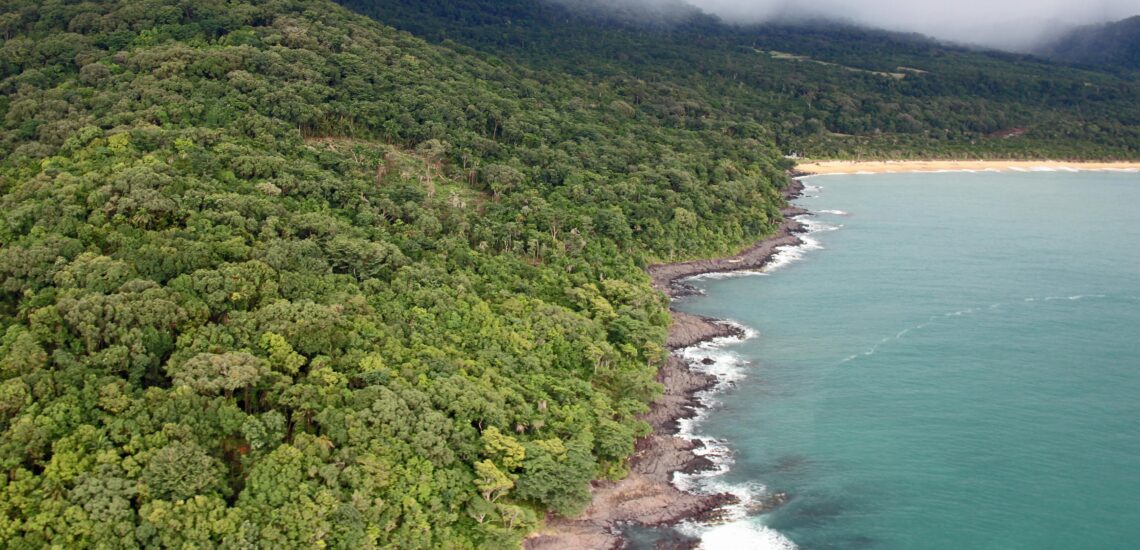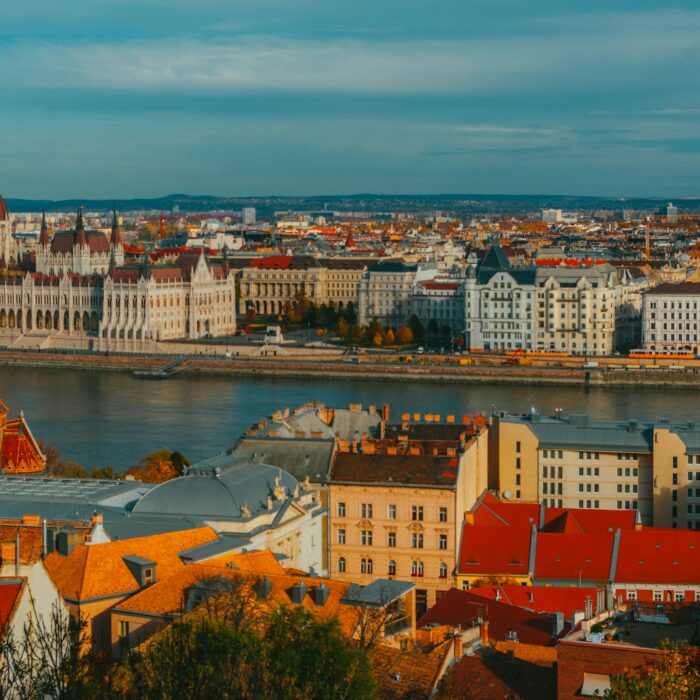Quick facts about Sierra Leone:
- Population: Approximately 8.9 million people.
- Capital: Freetown.
- Official Language: English.
- Other Languages: Krio (widely spoken), Temne, Mende, and various indigenous languages.
- Currency: Sierra Leonean leone (SLL).
- Government: Unitary presidential republic.
- Major Religion: Islam and Christianity, with traditional beliefs also practiced.
- Geography: Located on the west coast of Africa, bordered by Guinea to the north and east, Liberia to the southeast, and the Atlantic Ocean to the southwest. Sierra Leone has diverse landscapes, including coastal plains, mountains, and rainforests.
Fact 1: Freetown has origins tied to the history of slavery and emancipation
Freetown was founded in 1787 by British abolitionists as a settlement for freed slaves. The name “Freetown” reflects its purpose as a sanctuary for liberated Africans, especially those freed from British slave ships or returning from enslavement in the Americas.
The British government and the Sierra Leone Company, a philanthropic organization, helped establish the colony with the goal of providing a home for formerly enslaved people. Over the years, Freetown became a symbolic haven for freed Africans and a center for abolitionist activities.

Fact 2: The Krio language is based on English and local languages
Krio language in Sierra Leone is based on English and has influences from various African languages, as well as other languages encountered through the transatlantic slave trade. Krio developed as a creole language among the descendants of freed slaves who settled in Sierra Leone from the Americas, the Caribbean, and other parts of Africa in the late 18th and early 19th centuries.
English forms the structural foundation of Krio, but it incorporates vocabulary, grammar, and expressions from African languages such as Yoruba, Igbo, and Wolof, as well as influences from Portuguese and French. Today, Krio is widely spoken throughout Sierra Leone and serves as a lingua franca, allowing people from different ethnic and linguistic backgrounds to communicate effectively. It is estimated that over 90% of Sierra Leoneans understand Krio, making it a unifying language in a country with multiple ethnic groups and languages.
Fact 3: There’s a primate sanctuary in Sierra Leone
Sierra Leone is home to the Tacugama Chimpanzee Sanctuary, a well-known primate sanctuary located just outside of Freetown. Established in 1995 by conservationist Bala Amarasekaran, Tacugama focuses on rescuing, rehabilitating, and providing a safe environment for orphaned and endangered chimpanzees, many of whom have been victims of the illegal pet trade or habitat loss.
Tacugama also plays an important role in conservation efforts, working to raise awareness about the threats facing chimpanzees and advocating for wildlife protection in Sierra Leone. In addition to housing chimpanzees, the sanctuary conducts environmental education programs, supports local communities, and contributes to ecotourism.

Fact 4: After independence, Sierra Leone did not escape coups and civil war
The country’s early years saw a series of coups and power struggles, which reflected broader patterns of post-independence challenges across Africa, where newly formed governments often grappled with internal conflicts, ethnic tensions, and the lingering effects of colonial rule.
Sierra Leone’s most severe conflict was the civil war that began in 1991 and lasted until 2002. The war was fueled by issues such as government corruption, economic inequality, and competition over control of diamond resources. The conflict was marked by extreme violence, including atrocities committed by rebel groups like the Revolutionary United Front (RUF), who used forced labor to mine diamonds and fund their operations. By the time the war ended, an estimated 50,000 people had died, and over two million had been displaced.
Fact 5: The movie Blood Diamond is set in Sierra Leone
The movie Blood Diamond (2006) is set in Sierra Leone during its brutal civil war in the 1990s. Directed by Edward Zwick, the film centers around the trade of conflict diamonds—diamonds mined in war zones and sold to finance armed conflict, often at the cost of human suffering. The story follows a fisherman, a smuggler, and a journalist whose lives intertwine as they navigate the dangers and ethics of the illegal diamond trade.
While Blood Diamond is a fictional story, it highlights real issues Sierra Leone faced during the war, such as forced labor, child soldiers, and the exploitation of diamond resources to fund rebel activities.

Fact 6: On the island of Tiwai in Sierra Leone, ancient rainforests have been preserved
Tiwai Island in Sierra Leone is home to preserved ancient rainforests, offering a unique glimpse into one of West Africa’s richest ecosystems. Located on the Moa River in the southeastern part of the country, Tiwai Island is a wildlife sanctuary and ecotourism destination that protects a significant area of old-growth rainforest.
Tiwai Island is known for its incredible biodiversity; it is home to over 700 plant species and supports a variety of wildlife, including some of the highest densities of primates in the region. Among the primate species found here are the endangered Western chimpanzee and Diana monkey. The island also provides habitat for other wildlife, such as pygmy hippos and numerous bird species, reptiles, and butterflies, making it a valuable conservation site.
Fact 7: One of the main attractions in Freetown is the cotton tree
This massive cottonwood tree (Ceiba pentandra) is located in the heart of Freetown and is thought to be over 500 years old.
According to tradition, the tree became a symbol of freedom when, in 1792, a group of formerly enslaved African Americans who had been freed and relocated from Nova Scotia gathered around it to give thanks upon arriving in what would become Freetown. The Cotton Tree has since come to symbolize resilience and liberation for Sierra Leoneans and holds a revered place in the city’s history.
Note: If you plan to visit the country, check if you need an International Driving Permit in Sierra Leone to drive a car.

Fact 8: The famous in many countries Bounty bar commercial was filmed in Sierra Leone
The famous Bounty chocolate bar commercial with its tagline “A taste of paradise” was indeed filmed in Sierra Leone. The advertisement showcased idyllic, tropical scenery that helped establish Bounty’s image as a tropical indulgence. Sierra Leone’s lush landscapes and pristine beaches provided the perfect backdrop for the exotic, paradise-like imagery that the brand wanted to convey.
The commercial contributed to international perceptions of Sierra Leone as a beautiful tropical destination, though at the time, the country’s tourism industry was underdeveloped.
Fact 9: The name of the country means Lion Mountains
The name was given by Portuguese explorer Pedro de Sintra in the 15th century. When he first sighted the mountainous peninsula where Freetown is now located, he named the region “Serra Lyoa” (Portuguese for “Lioness Mountains”) due to the rugged, lion-like shapes of the mountains or possibly the sound of thunder echoing around the peaks, reminiscent of a lion’s roar. Over time, the name evolved into Sierra Leone in English.

Fact 10: Child marriage was recently banned here
Sierra Leone recently took steps to outlaw child marriage, though the practice still remains a significant social issue. In 2019, the government introduced laws aiming to protect girls from early marriage, with a particular emphasis on education. The ban on child marriage was part of broader reforms following a declaration by President Julius Maada Bio that education was a national priority. He also reinforced a ban on pregnant girls attending school, aiming to address some of the consequences of early marriage and teenage pregnancies.
Despite these efforts, enforcement remains challenging, especially in rural areas where traditional customs and socioeconomic pressures still lead to early marriages. Child marriage rates in Sierra Leone remain high, with over 30% of girls married before the age of 18.

Published November 03, 2024 • 7m to read





